30/05/2025
4.7 / 5
Discover the grandeur of Istiqlal Mosque in Jakarta, Indonesia. Learn about its architecture, history, and significance as the largest mosque in Southeast Asia.

The Istiqlal Mosque, located in the heart of Jakarta, Indonesia, stands as a magnificent symbol of the nation's independence and a testament to its rich Islamic heritage. As the largest mosque in Southeast Asia, it attracts millions of visitors and worshippers each year.
Designed by the renowned architect Fritz Albert, the mosque features a unique blend of modern and traditional Islamic architecture. Here are some key architectural highlights:
Istiqlal Mosque was inaugurated in 1978 and was built to commemorate Indonesia's independence from colonial rule. The name 'Istiqlal' means 'independence' in Arabic, reflecting its purpose as a national monument.
Visitors are welcome to explore the mosque, and guided tours are available to enhance your experience. Here are some important details:
The Istiqlal Mosque is not just a place of worship but a cultural landmark that embodies the spirit of Indonesia. Whether you are a local resident or a tourist, a visit to this iconic mosque is a must to appreciate its beauty and significance.
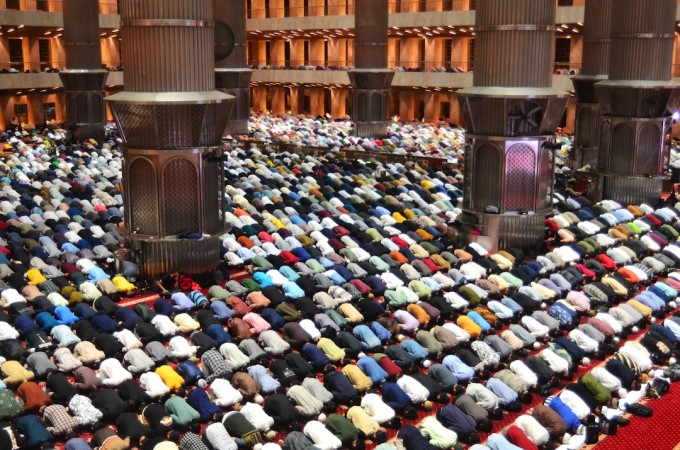
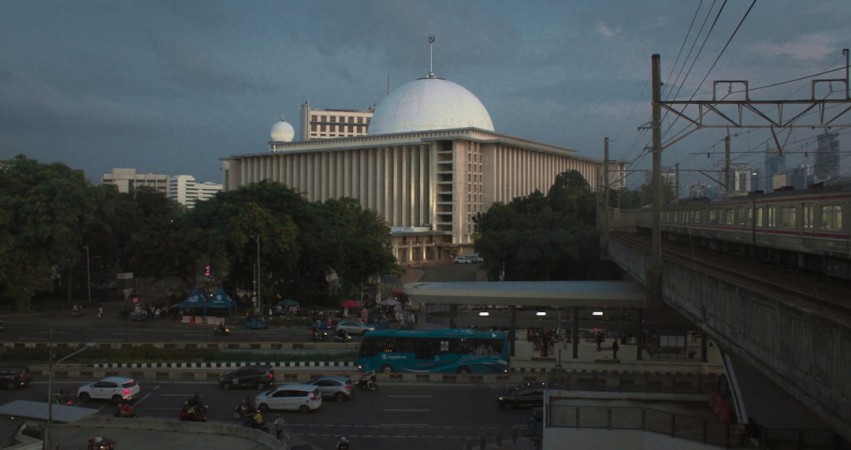
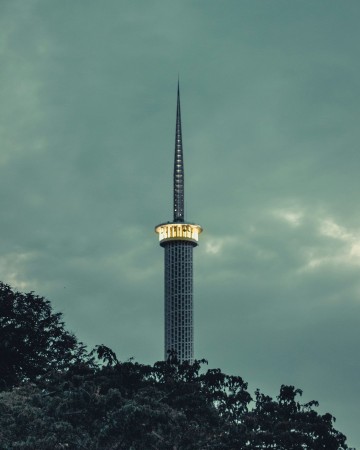
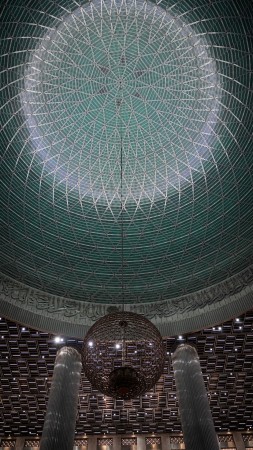
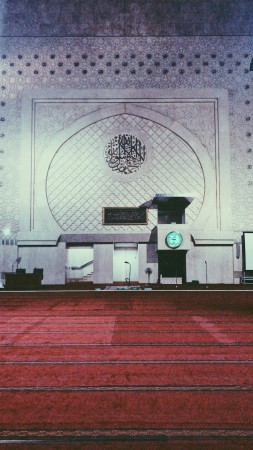
muhammad ishak pay
5/5
Finally I got here. This mosque is impressive, has huge area and clean. There is a place to store sandals and shoes, power bank rental as well. Security guards are always on guard at the entrance and exit. This mosque has strategic location due to near Monas, Monument National Indonesia and other public facilities.
Yo’lovchi!
5/5
Istiqlal Mosque – A Grand Symbol of Indonesia’s Spiritual Unity and Independence Located in the heart of Jakarta, right across from the Jakarta Cathedral and near Merdeka Square, stands the magnificent Istiqlal Mosque — the largest mosque in Southeast Asia and one of the most important religious landmarks in Indonesia. Its name, “Istiqlal,” which means “Independence” in Arabic, reflects its purpose: to celebrate Indonesia’s freedom from colonial rule and to symbolize the spiritual independence of the Indonesian people. Construction of Istiqlal began in 1961 under the leadership of President Soekarno, and the mosque was officially opened in 1978. What makes this mosque particularly special is that it was designed by a Christian architect, Friedrich Silaban, showing the spirit of tolerance and religious harmony in a predominantly Muslim country. The proximity of the mosque to the cathedral is not a coincidence — it’s a powerful message of interfaith unity in Indonesia. As you approach the mosque, you are struck by its monumental scale and modern architectural style. The mosque can accommodate up to 200,000 worshippers, making it one of the largest in the world. Its giant central dome, supported by twelve towering columns, spans 45 meters in diameter — symbolizing the year of Indonesia’s independence (1945). There’s also a beautiful 96-meter minaret, from where the call to prayer echoes through central Jakarta. Once inside, the sense of peace and awe is immediate. The main prayer hall is vast and open, adorned with stainless steel ornaments, Arabic calligraphy, and geometric patterns. The natural lighting that filters through the high windows creates a calm and spiritual atmosphere. Visitors can feel the serenity and grandeur of the space, whether they come to pray, reflect, or simply admire the beauty of the architecture.
Omar Bin-Jessar
5/5
It was my first time here. The mosque is very big and beautiful. This mosque is the biggest mosque in Indonesia. The Istiqlal Mosque was built to its immense size and right next to a church in Indonesia for two main reasons: * A Symbol of Independence and National Pride: The mosque serves as a celebration of Indonesia's independence. As the world's most populous Muslim-majority nation, Indonesia wanted a grand mosque to reflect its status and pride. * A Symbol of Tolerance and Religious Unity: Placing the mosque next to the Jakarta Cathedral was intended to symbolize peaceful coexistence and brotherhood among different religions in Indonesia. This commitment to interfaith harmony was further emphasized by the selection of a Christian architect to design the mosque.
Average Rating: ⭐ 4.7/5
No spam – just travel inspiration.